The Art of Stories
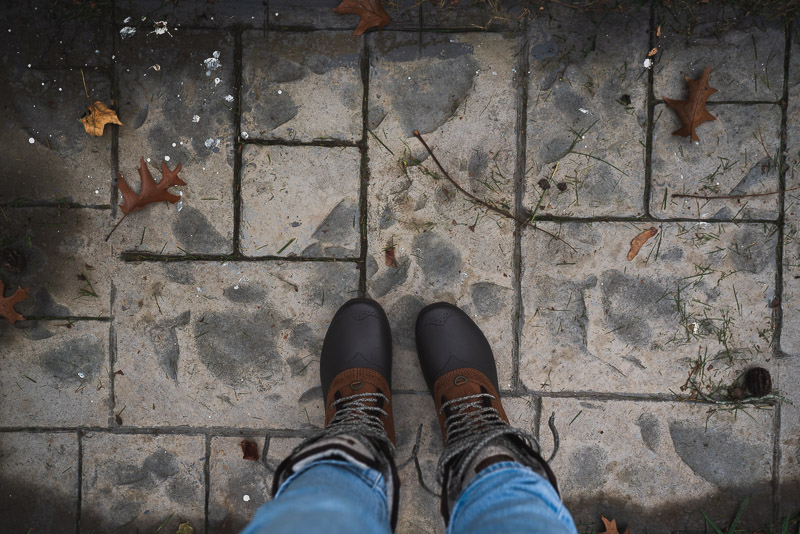
This is a story about finding my art style, which I’m not entirely certain I have found yet. I’m hoping by the end of this little post that my art style, my writing style even, will unearth itself and become known to me.
But perhaps this is one of those things that is determined by the work, by you the reader, and differs each time I put pen to paper. Perhaps my style evolves and changes as the story develops into something new, just like me, just like you.
Let’s explore a bit of voice and tone, shall we?
There’s this story stuck in my mind. It finds me on rainy afternoons, in that quiet stillness just after a small walk through the neighborhood trails. I simply can’t get this story out of my head. But I’m not sure I’m the one to write it.
Our man sitting at the bus stop has dementia.
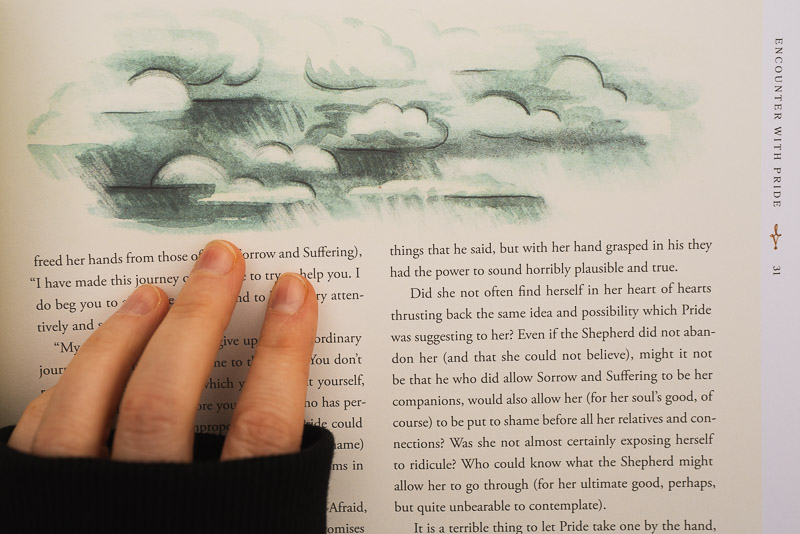
I’m worried about him: how he’ll get home, knowing his wife hasn’t been on that bus for 30 years. And the more I explore the man sitting at the bus stop’s story, the more terrifying and lonelier and jarring his life seems. This becomes less sweet and endearing as it begins: reliving the past, clinging to those sweet precious memories, only to wake startled, much older, and alone at a bus stop.
This story terrifies me.
And somewhere in the world, this is someone’s reality. In the depths of the mental illness there is a truth, his truth, and I want to meet him right there in his fragmented reality.
This story needs a narrator that can’t be trusted; after all, he struggles to trust his own mind. The reader must experience what he’s experiencing, raw and vulnerably. So, yeah, tell the story from his perspective, on the border of past and present, a blurry truth. Huh, it’s kind of a paradox: to tell the truth of his story, the narrator must deceive the reader.
A distrustful narrator—
--hmm. As I pondered over those words distrustful narrator, I found my answer in the hesitancy. I’m not ready to be that kind of storyteller. I want my readers to trust me.
I would hope, one day, a more clever, unafraid writer will write his story—ready to explore his fragmented life and tell the truth of his story with a distrustful narrator. I just don’t think it will be me (for now, anyway).
This has turned into a little story about the kind of voice I don’t want to use, which, I suppose, is a roundabout way of finding out my storytelling style.
I carry around the words of C.S. Lewis, tucked in my bag for daily — hourly — access. On Stories and Other Essays on Literature currently resides in the left pocket of my brown leather bag though it often sneaks its way onto the makeshift nightstand each night, too.
I write—and somebody says, ‘That’s for children!’
—C.S. Lewis
My villains are notorious (um, notorious to me) for stomping loudly, narrowing their eyes, and exiting a room with a swish of their cape. I do realize that these little hints of malice do not actually evoke any fear in my little readers, even the tiniest among them, so yes I shall revisit the villains and make them a bit naughtier and nastier for the sake of clarity and contrast to the hero.
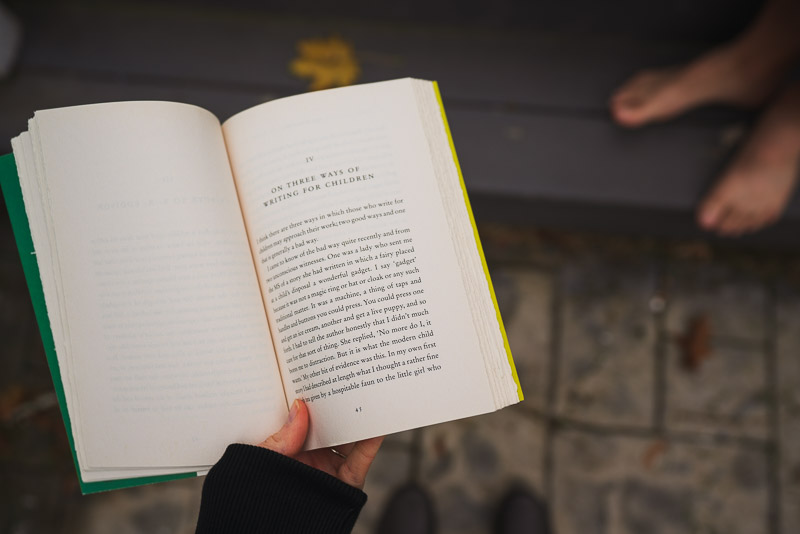
Children, you are a delight and make a wonderful audience. Here with you, I can write with a trustful narrator without disrespecting the story. Seeing the world through your curious eyes helps me grow. As I explore confusing, often contradicting themes of friendship, joy, depression, stress, and patience, you show me how to empathize and remind me of the treasures of this world.
So, I do think I’ll stay here, in this playful lane, writing with you, dear child, in mind.
Sometimes I surround myself with my favorite books, quotes, drawings and try to conjure their genius into my fingertips. In the loneliest corner, I whisper, “guide me. Please.”
One of those surrounding quotes belongs to Clara Lucas Balfour. In a single question, she makes me pause and consider with a sense of gratitude for the small things:
Are not flowers the stars of the earth?
—Clara Lucas Balfour
I want to be a part of that conversation, and answer her question with a sniff, an eager nod, and a “yes, I’m grateful for the small things, the flowers that sway at my knees. I can touch these stars, holding them in my hands. I’m ready to seek the big in the small.”
The big question: how does my writing and art style help me communicate gratitude for the unexpected and the small?
Nature already wonderfully communicates gratitude in small wonders: the sprouting of a seed, birds flying south for the winter, the fall leaves, and the stars we call flowers.
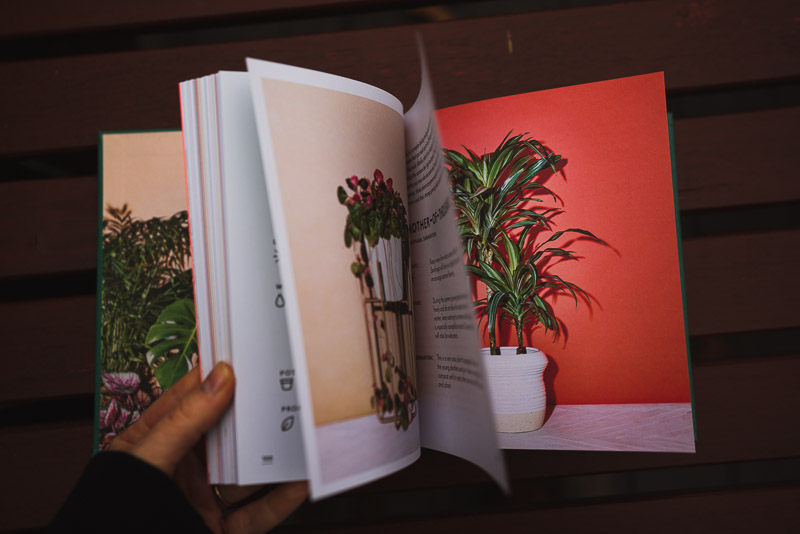
With kindness and a little bit of magic, the Arbor Fall Festival begins to take shape. The narrator plays with tone and voice through rhyme, nods to the beauty of small acts, and treasures the importance of connection.
The drawings, as it turns out, are far simpler to find my style than I thought at the beginning of this little post. Just like the stars mirror the flowers, the illustrations support the writing.
My art style is a little bit whimsical, clumsy with a brush stroke here and there, and supports the story. In other words, there is magic in the whimsical, forgiveness in the clumsiness (by the reader of course), and kindness as the art shares the spotlight with the story.
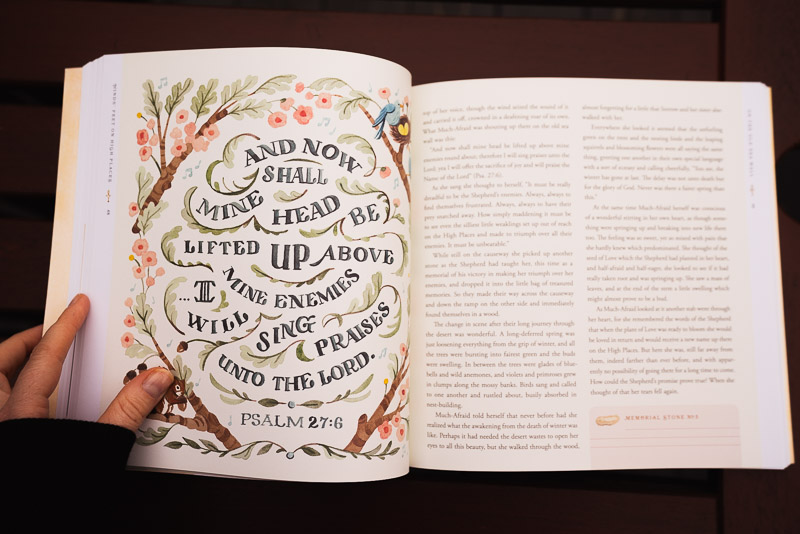
And a small note here, I want light to be a part of that conversation, too. I talked a ton about trust. And light, well, exposes the truth, reveals what is hidden in the dark. I have a lot of work to do if I’m gonna nail that skill, but I do think it’s important to the story, the narration, the art, and to you the reader.
Thank you for reading along as I navigate this whole storytelling skill developing thing.
If you're new here, this is the 8th piece in the Learning in Public series, in which I take you along as I learn to draw and storytell. Here is the first of many.